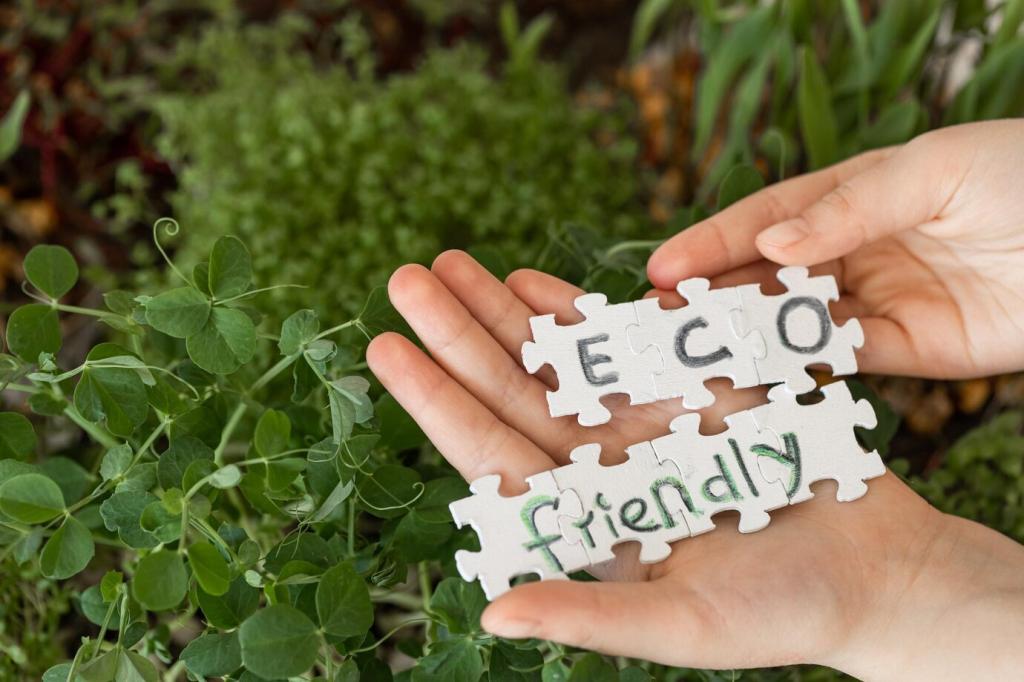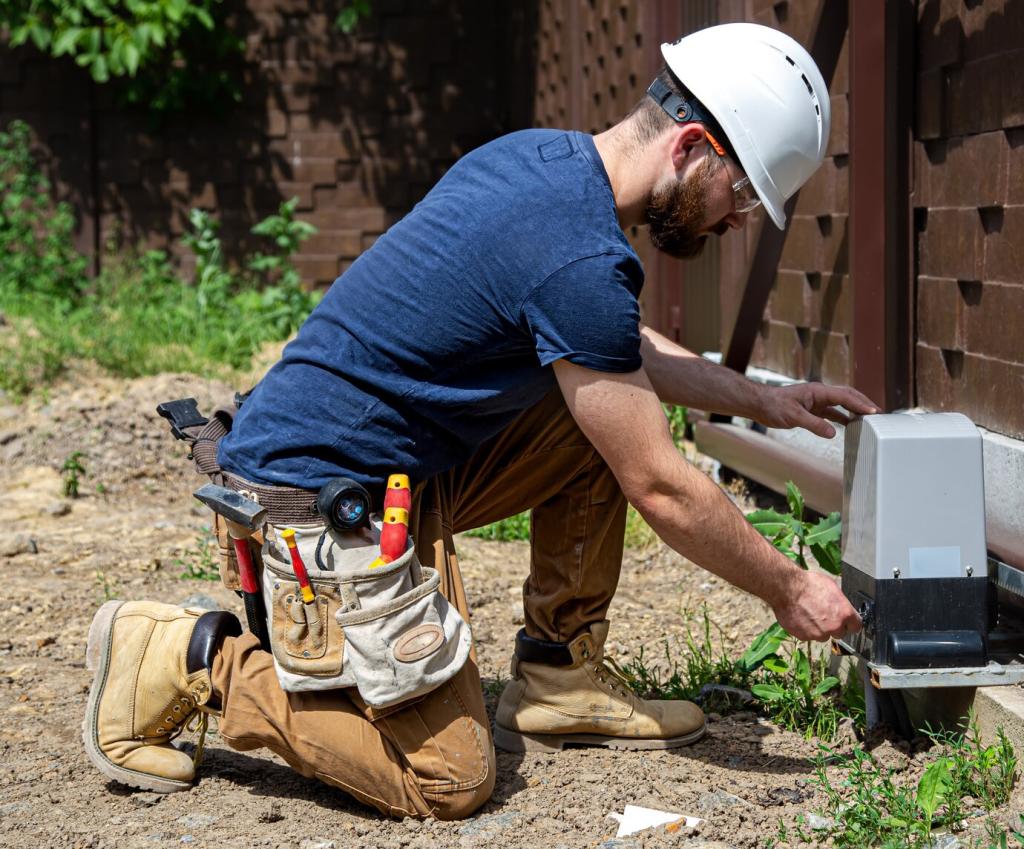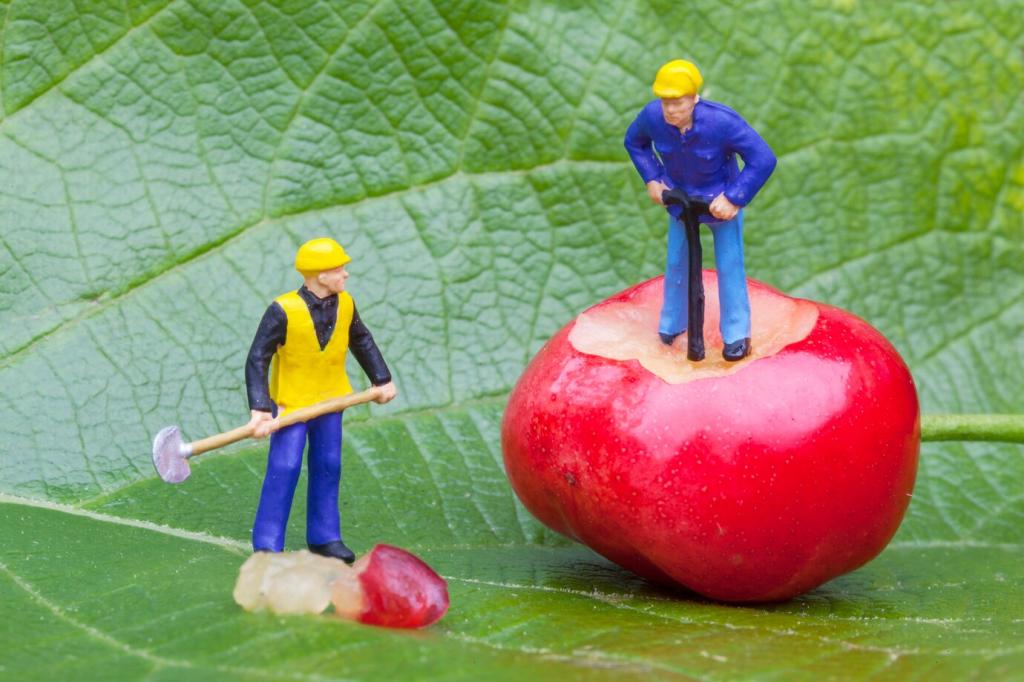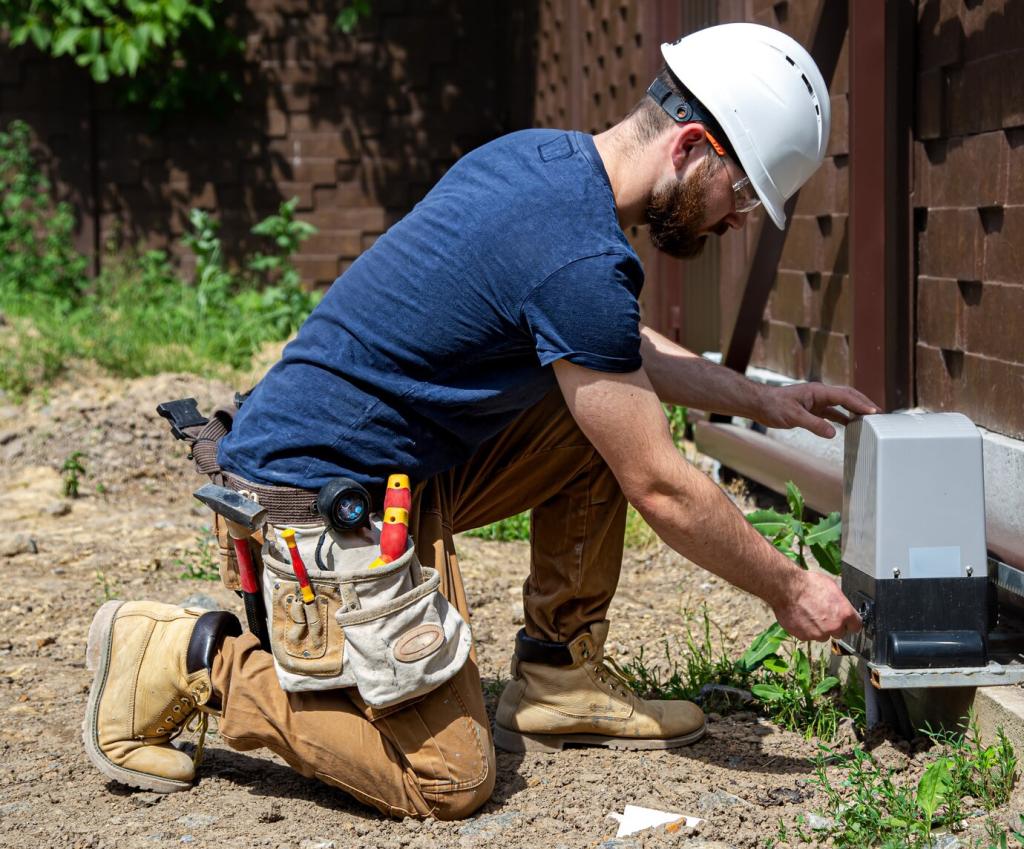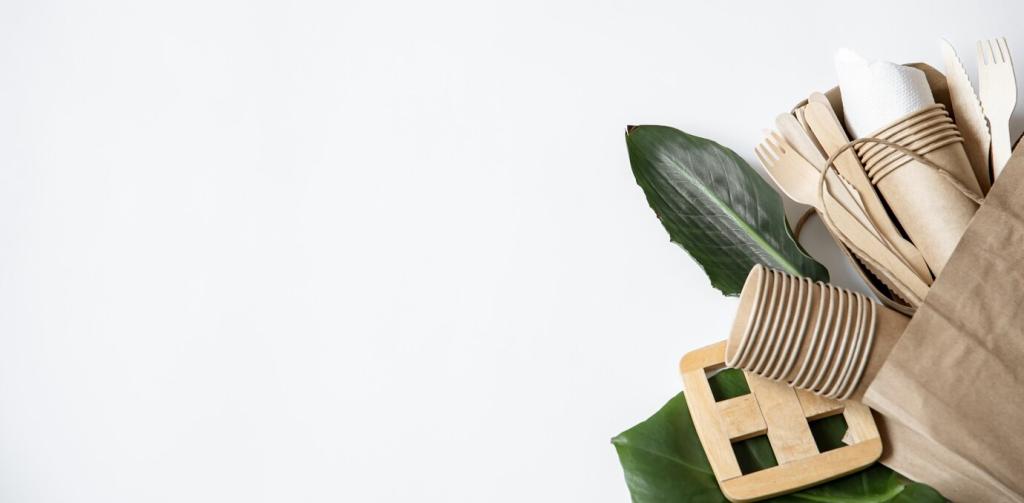Health, Pets, and Indoor Air Quality
Choose unscented or naturally low-VOC formulations to minimize headaches and respiratory irritation. Keep rooms ventilated during and after cleaning. Have sensitivities at home? Comment with triggers, and we’ll tailor fragrance-free options.
Health, Pets, and Indoor Air Quality
Sprinkle baking soda lightly, let it sit, then vacuum thoroughly for safe odor control on most fabrics. For pet stains, enzyme cleaners break down proteins effectively. Ask us which enzymes suit your issue, and get our safe-use guide.
Health, Pets, and Indoor Air Quality
HEPA pre-vacuum upholstery to capture allergens before damp cleaning. Use distilled water to reduce mineral residues. Rotate cushions outdoors for sunlight airing. Subscribe for our seasonal allergy checklist crafted for fabric care.



